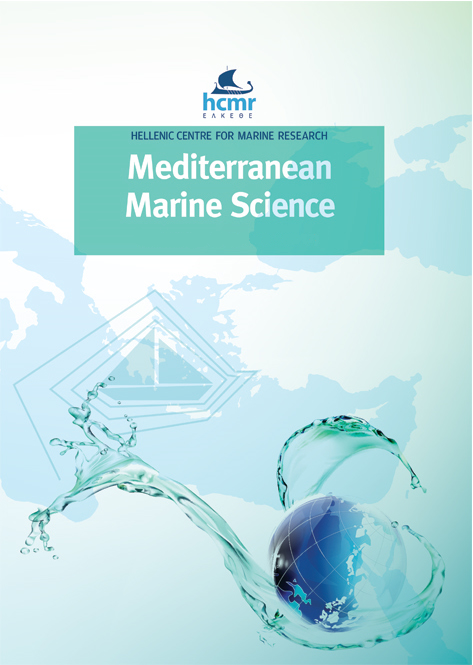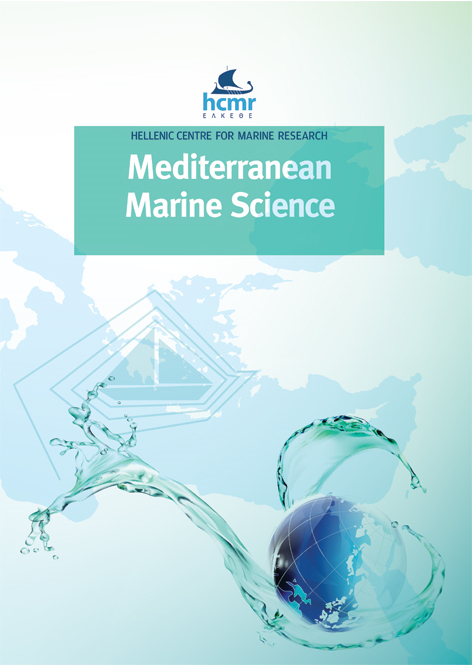Mediterranean juvenile white seabream rely on phytal fauna as primary food source in coastal nursery areas

Abstract
Nursery areas are essential fish habitats due to their relevance in the survival of early stages of fish populations. They are also considered as of high priority in marine conservation strategies. Here, we investigated the diet of white seabream [Diplodus
sargus (Linnaeus, 1758)] settlers in six nursery areas located in the shallow waters of coves in Minorca Island (Balearic Islands, Spain). Our aim was to characterize the food sources at different stages of juvenile development and their site-related variability in order to discern the importance of trophic links in cove selection during settling. The gut contents of 101 juveniles captured at different coves, three to the north of the island (N), and three in the southern coast (S), revealed a marked preference for feeding on crustaceans and, in particular, on harpacticoid copepods (>90% of gut contents). Copepods represented the main food source (80 ±4.4%; mean ±S.E.) in younger seabream individuals (10 - 15 mm length). A higher diversity in prey items was observed in the larger size-classes (s2: 16 - 23 and S3: 24 - 30 mm, respectively), which incorporated other prey items such as amphipods, isopods, foraminiferans or ostracods. Diet composition did not vary between the two surveyed locations (North vs. South of the island), but it did show significant differences among the six coves (p<0.001). Comparison between cove sediment infaunal composition and gut contents revealed that predation on sediment communities was scarce. Instead, diet was typically of phytal origin. Our results highlight the importance of the algal component of shallow coastal areas as a foraging habitat. In particular, harpacticoid copepods were key for survival during early development phases. The potential use of harpacticoid copepods to track ontogenic shifts in habitat use by juvenile fish is discussed.
Article Details
- How to Cite
-
ARROYO, N. L., CUADROS, A., BASTERRETXEA , G., & MORANTA, J. (2023). Mediterranean juvenile white seabream rely on phytal fauna as primary food source in coastal nursery areas. Mediterranean Marine Science, 24(1), 117–130. https://doi.org/10.12681/mms.30018
- Section
- Research Article
Authors who publish with this journal agree to the following terms:
- Authors retain copyright and grant the journal right of first publication with the work simultaneously licensed under a Creative Commons Attribution Non-Commercial License that allows others to share the work with an acknowledgement of the work's authorship and initial publication in this journal.
- Authors are able to enter into separate, additional contractual arrangements for the non-exclusive distribution of the journal's published version of the work (e.g. post it to an institutional repository or publish it in a book), with an acknowledgement of its initial publication in this journal.
- Authors are permitted and encouraged to post their work online (preferably in institutional repositories or on their website) prior to and during the submission process, as it can lead to productive exchanges, as well as earlier and greater citation of published work (See The Effect of Open Access).





